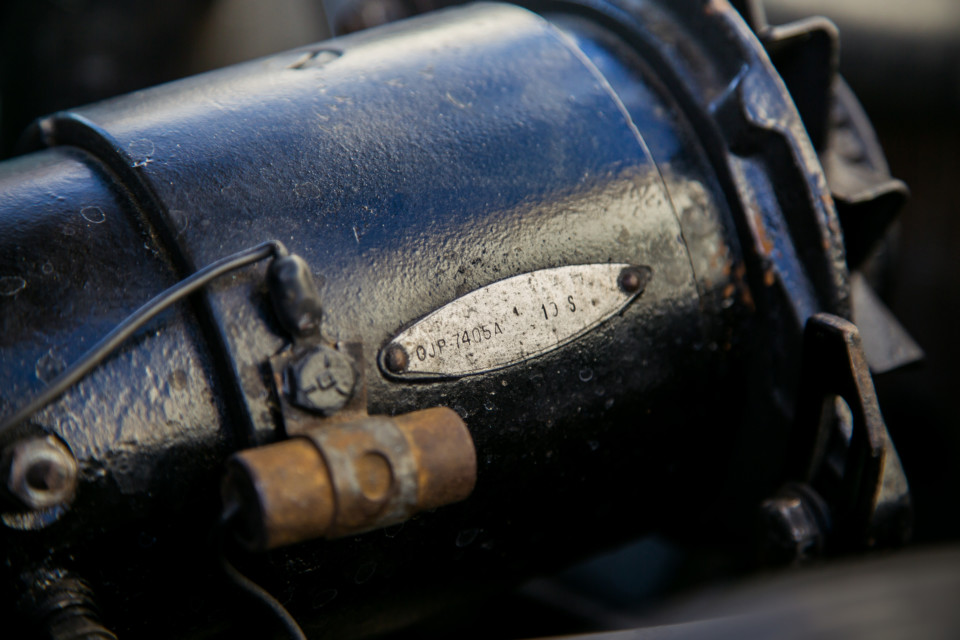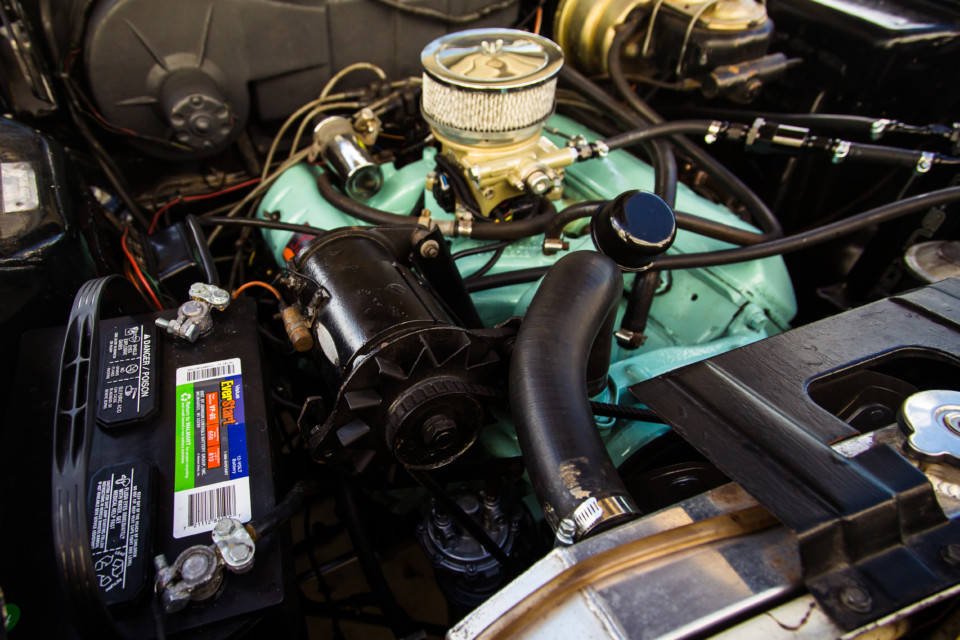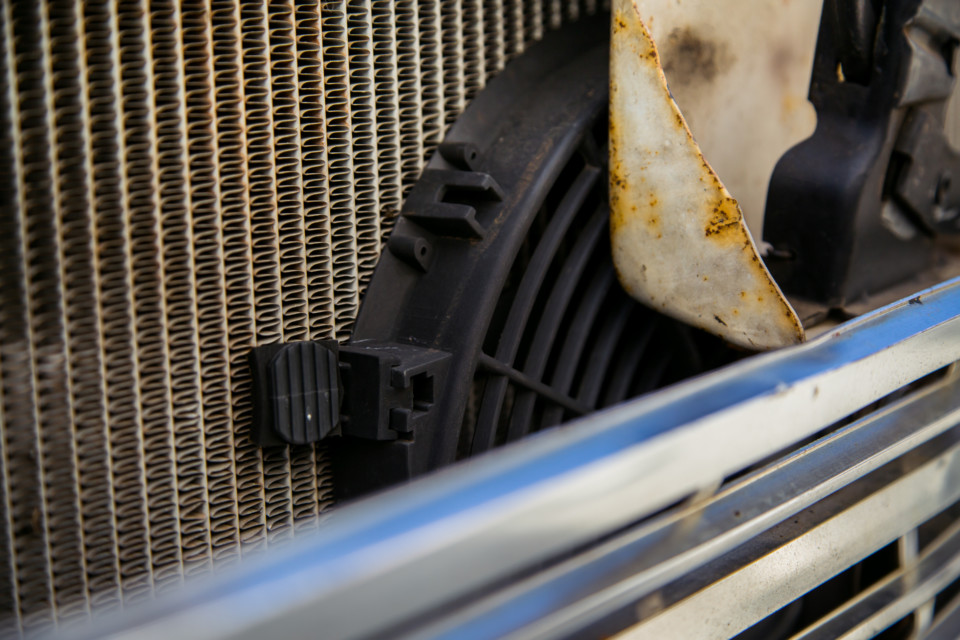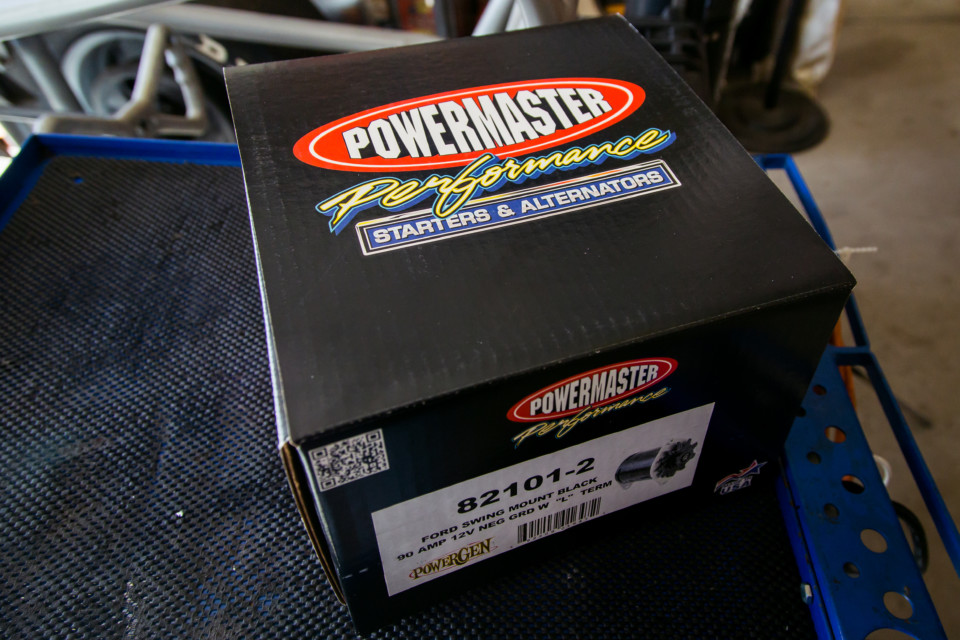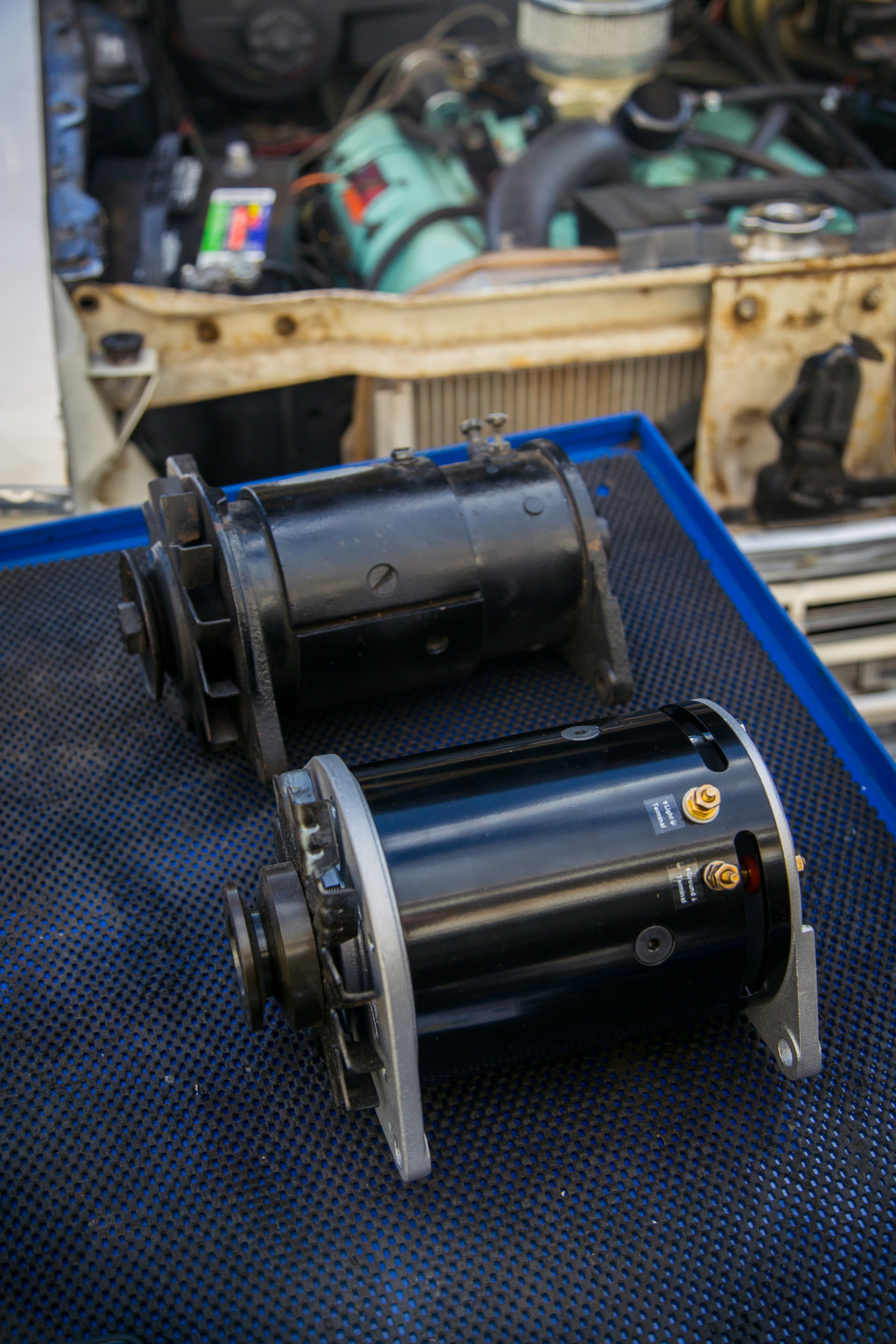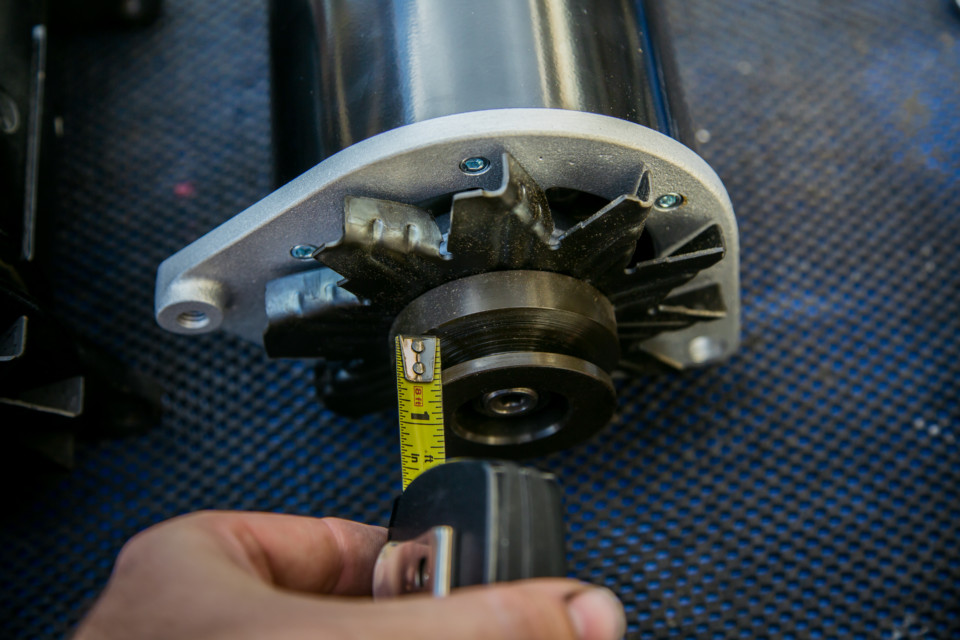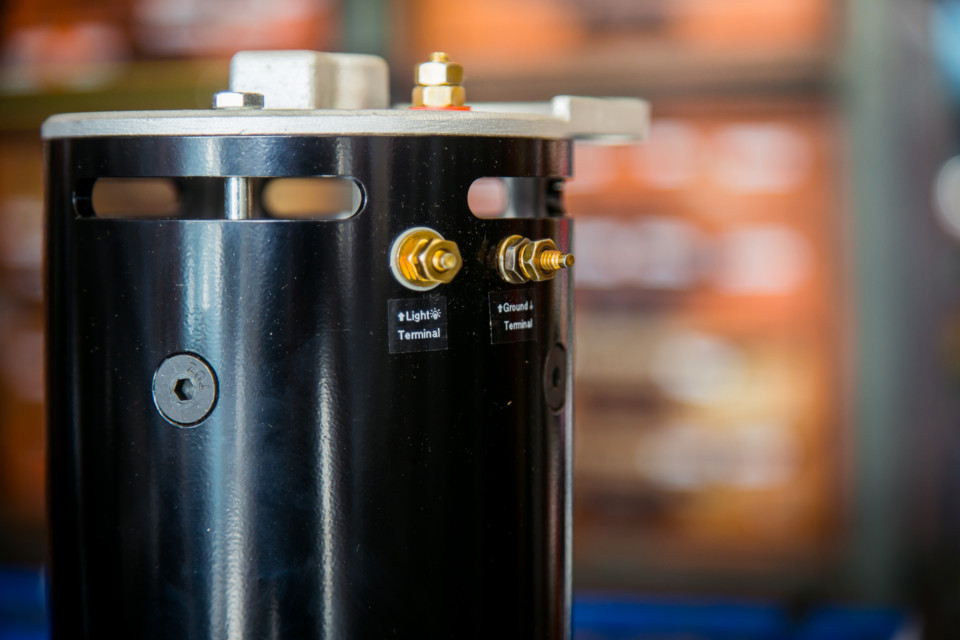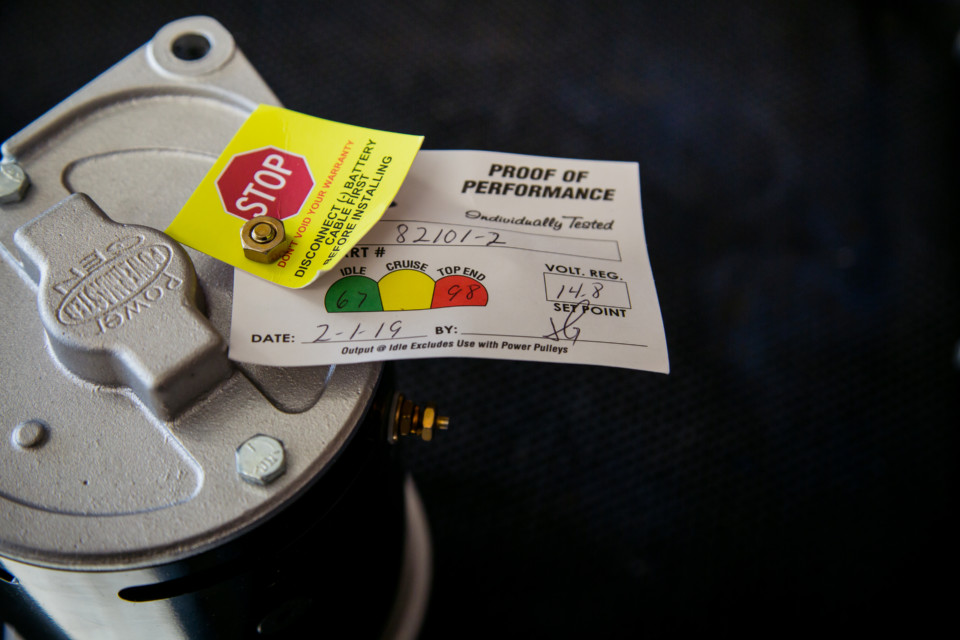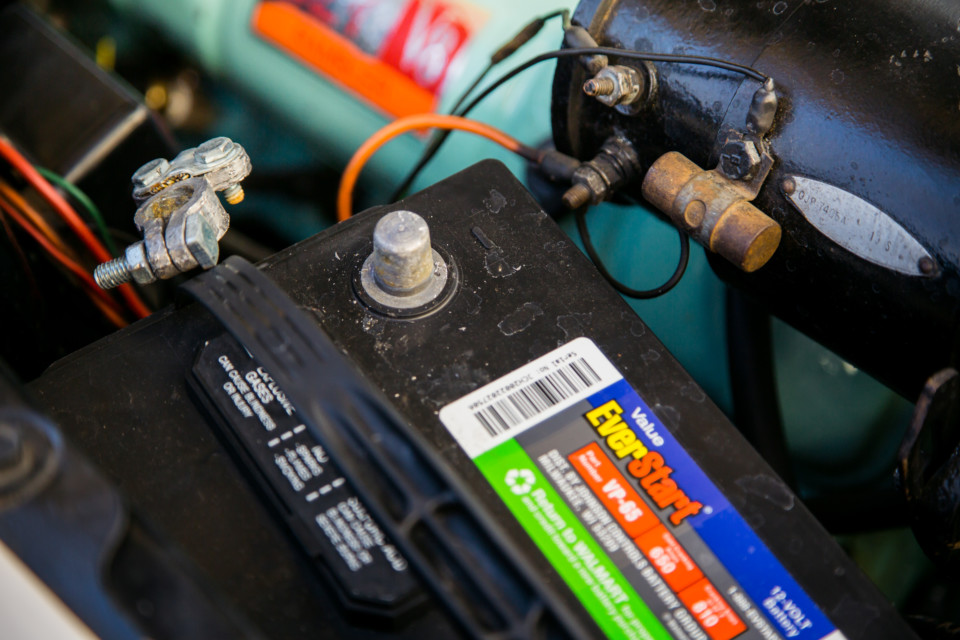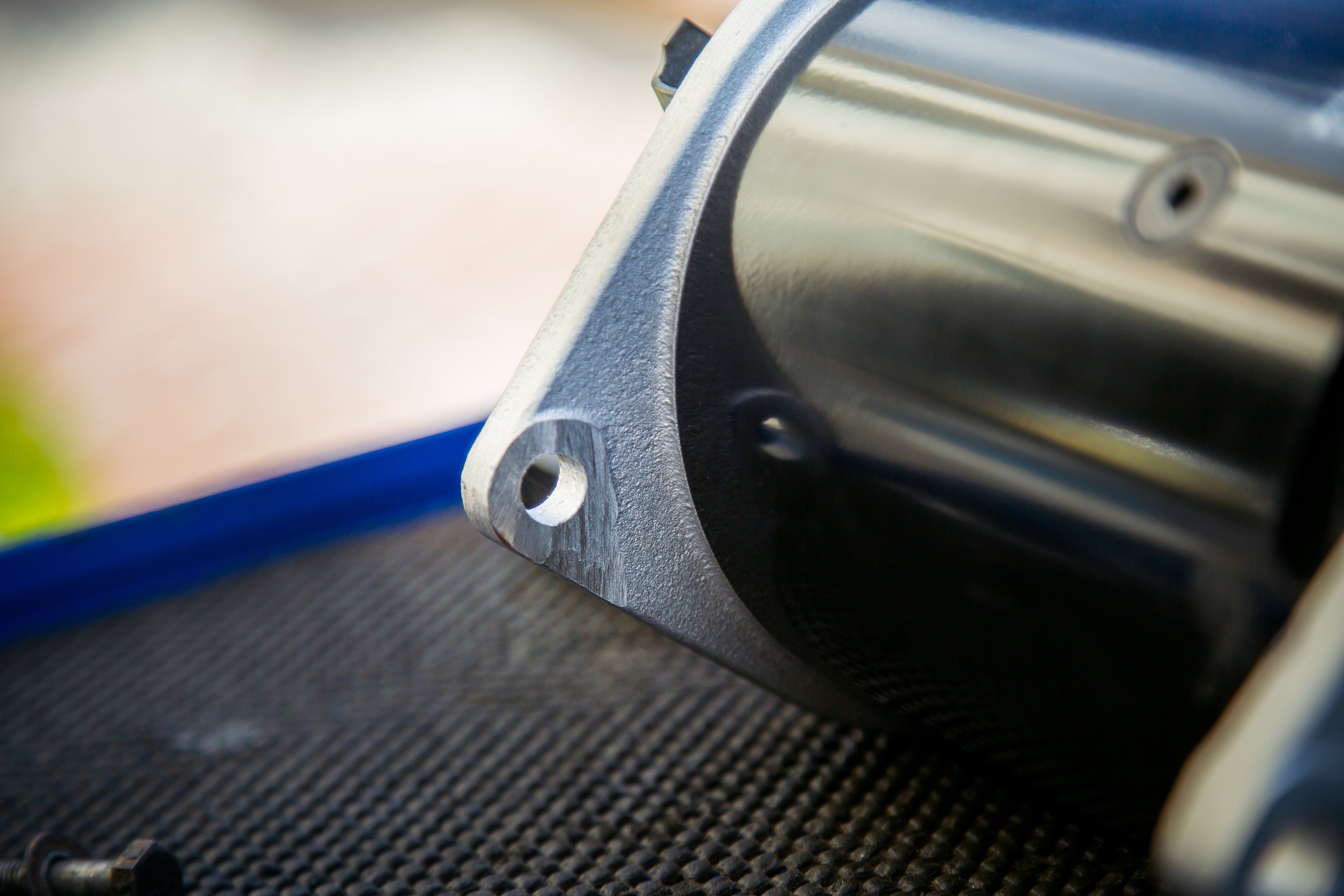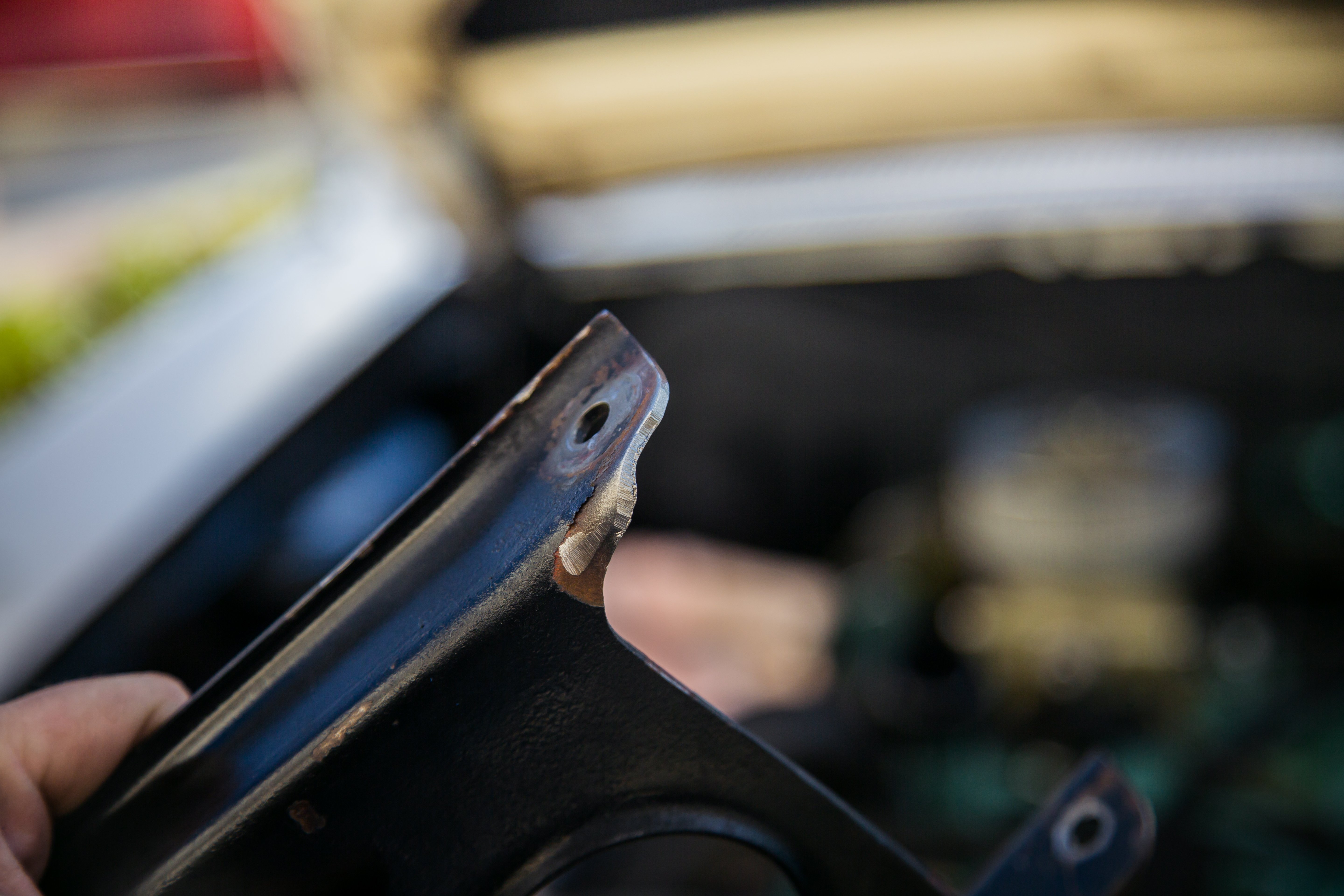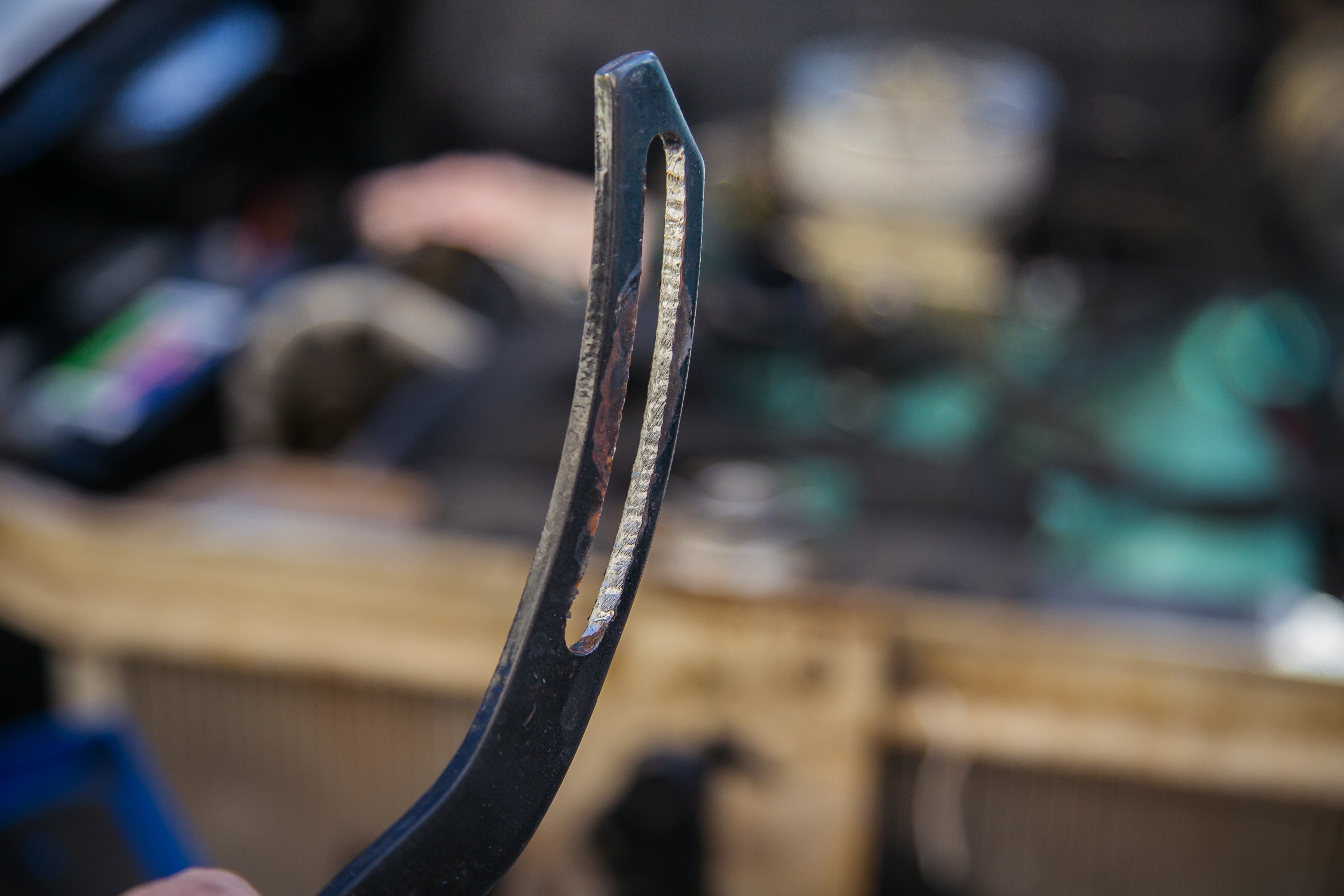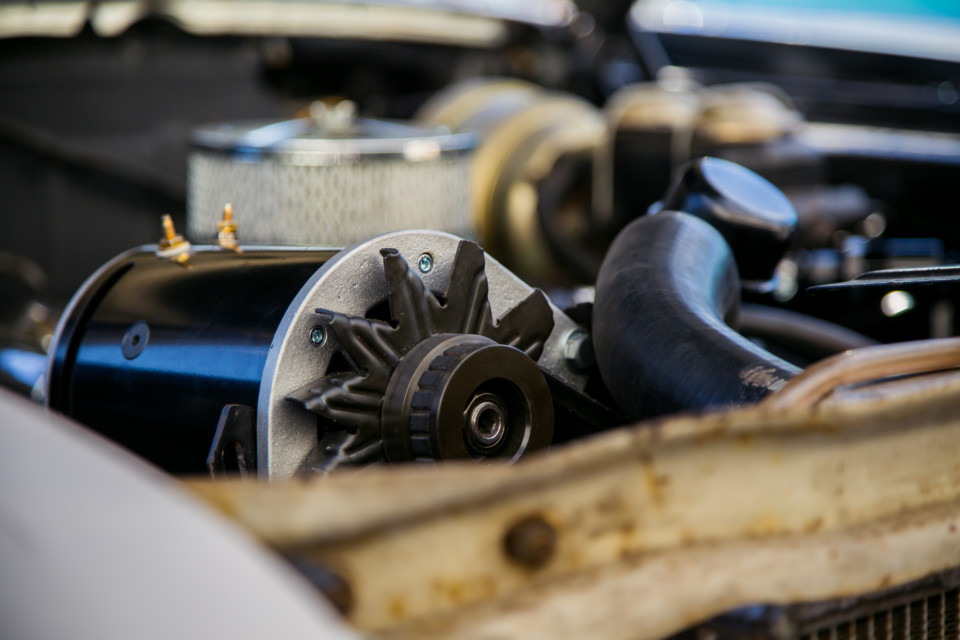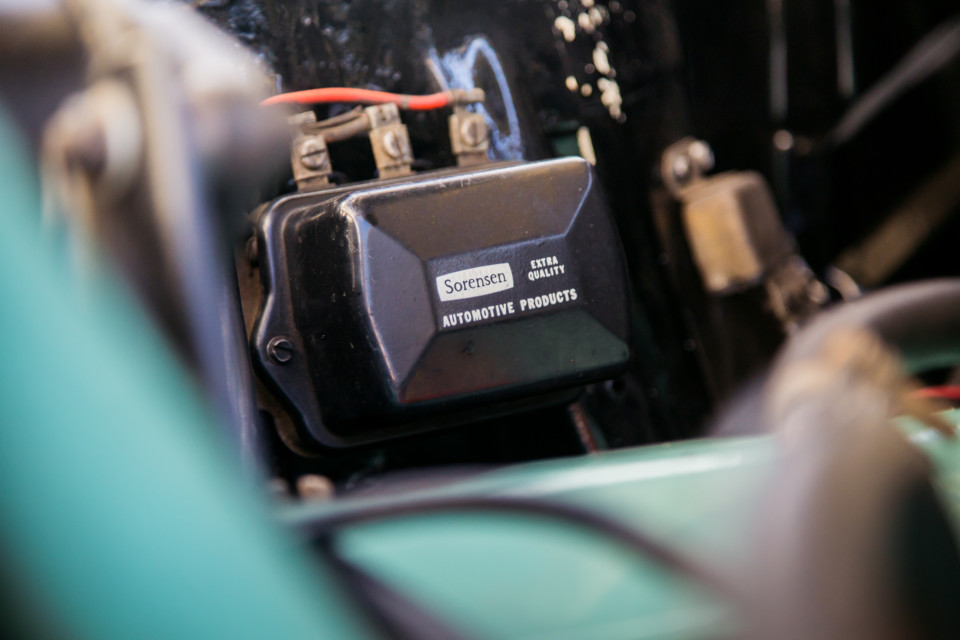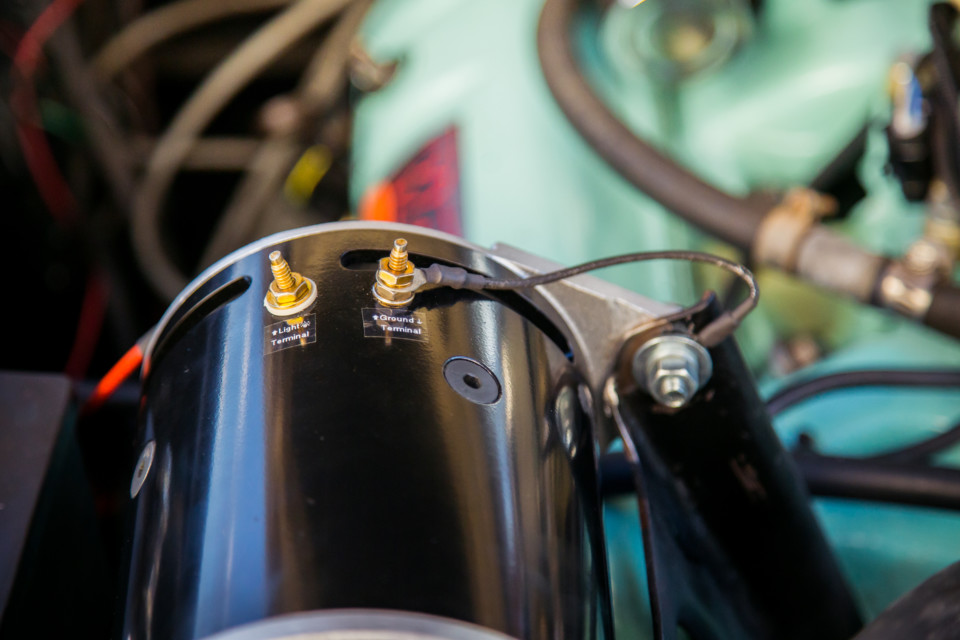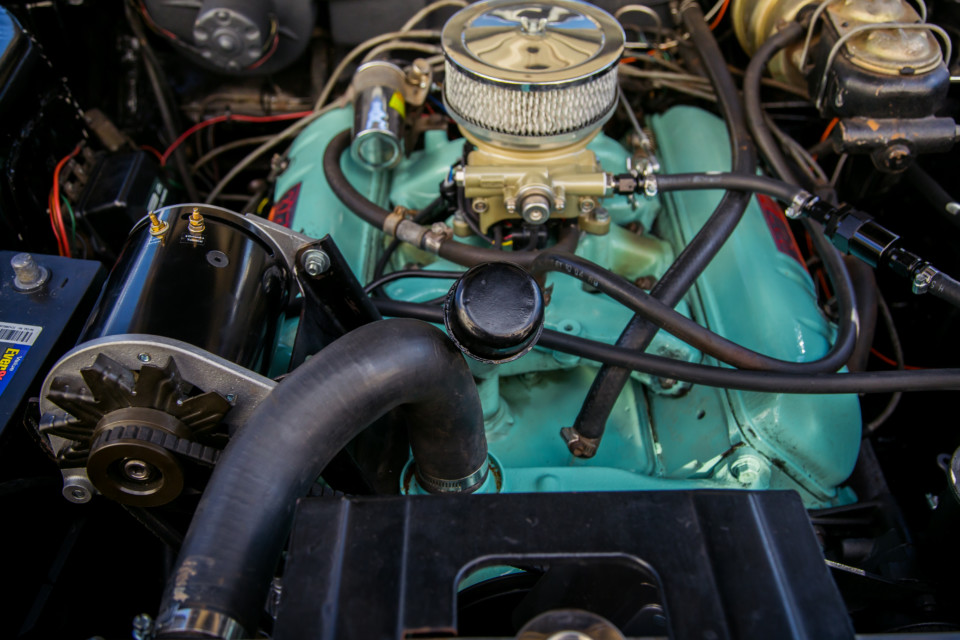Generators suck. There, I said it.
I try to keep my daily-driven 1962 AMC Ambassador station wagon as traditional as possible, but with dimmed headlights at idle, voltage was diminishing every time I drove it. After a dead battery, it was time to modify my wagon with a stronger hit of voltage.
Recently, I’ve been on a quest to bring my wagon into the 21st century to make it more reliable and a solid daily driver. I converted it over to electronic ignition with a Pertronix kit and upgraded the fuel system to fuel injection with FiTech, which I recently documented here. [hyperlink]
The last major original component in the wagon was the charging system.
With a lot more draw on the system from the fuel injection and electric fan, my original 12-volt generator was no longer generating enough power to efficiently charge the battery. With the FiTech display, I was able to witness the generator voltage jump all over the map, from 6 volts up to 13 volts.
Upgrading to a modern alternator was now a necessity to keep up with my charging needs.
Why Powermaster Performance
Powermaster Performance is the guru of starters and alternators in the automotive aftermarket.
In addition to lightweight starters for high-compression engines, Powermaster Performance also offers period-correct, factory-replacement alternators that can bolt on to an early rod or muscle car. For older vehicles that are equipped with a generator, Powermaster offers their PowerGEN – an alternator that looks like a generator!
Retaining a period-correct look has been a deciding factor for all the updated components on the wagon thus far. What sold me on Powermaster is it installs the guts of a one-wire alternator in the casing of a generator, so at a quick glance the engine compartment still appears to be from 1962.
Choosing your PowerGEN
If you are looking for a Ford or GM PowerGEN application, selecting the right one is pretty straightforward. However, if you are like me and have an AMC or any other “oddball” classic, selecting the right one is a bit more challenging.
Powermaster Performance offers an array of PowerGEN applications, each designed to mount in the factory brackets for a simple installation. Flatheads, Ford swing mounts, Chevy and even Studebaker models are available in chrome, polished and of course the factory black look. As a side note, the PowerGEN weighs a fraction of the factory unit!
It was common for AMC to use Motorcraft parts from the factory, so I had to do some measurements to confirm my theory it was actually a Ford generator. Next, I needed to confirm my belt size.
Powermaster Performance offers a selection of pulley sizes: 3/8-, 1/2-, 5/8-, and 3/4-inch. The AMC required a 3/8-inch pulley.
Another slick option is the additional terminal for a generator light. This allows you to hook up a generator light on the dash so you have a functional factory warning (idiot) lamp.
I opted for a black gloss finish to keep the engine bay as factory looking as possible, but it does offer a shiny chrome finish for an additional price.
Unboxing the PowerGEN
Despite ordering the PowerGEN during the polar vortex, the PowerGEN arrived quickly, and I was eager to see how the unit bench tested. In the past, I have purchased remanufactured alternators from the local auto parts store, only to find out they are junk straight from the box. Powermaster performs a bench test on every single unit it makes and includes the results on an official Powermaster tag.
This official tag gave me the peace of mind this unit would work. Mine read 67 amps at idle and 98 amps at top end, ultimately generating the required 14 volts needed to charge my battery.
Install The New PowerGEN
Installing the PowerGEN requires a few basic hand tools, and takes around 45 minutes.
Whenever I do any work on my classic ride, I opt to disconnect the negative battery cable, especially if working on anything electrical. In my case, the negative terminal is grounded to the generator bracket anyway.
First, I removed the old generator by disconnecting the wires from the voltage regulator, and slipping the belt off. There are three bolts holding the generator in place. Additionally, I placed a shop rag underneath the generator just in case it dropped, it wouldn’t scratch the valve cover.
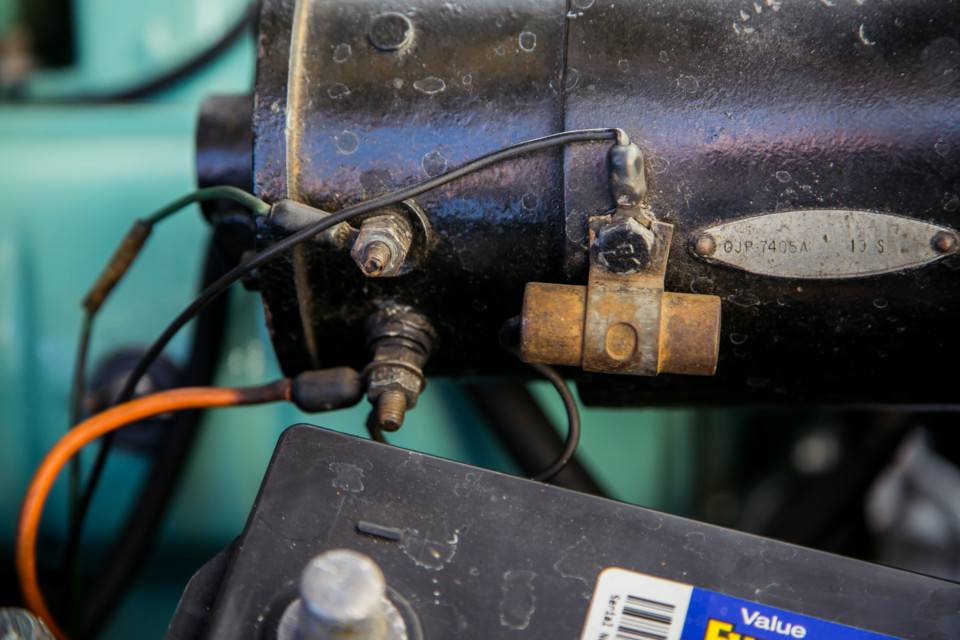
The original generator wiring is pretty simple, but the new PowerGEN unit is even easier — one wire needed!
With the generator out of the vehicle, I took the opportunity to compare the two units and do final measurements. The PowerGEN proved to be slightly too narrow to fit on the factory bracket. If this was a Chevy or Ford, I’m sure it would not be an issue, but the oddball AMC begged to differ.
To fix this, I shaved the inside of the casting on the PoweGEN and slightly bent and cut the factory bracket until the PowerGEN fit perfectly. The tensioner bracket required some reaming with a file as well, due to the PowerGEN using a 3/8-inch bolt.
Anytime you are working with old cars, there is usually a little modification needed to make everything fit. Things weren't so cookie-cutter back then, especially from AMC.
At this point, I decided to provide new fasteners to complement the brand new PowerGEN. Once bolted on, I slipped the belt on the pulley and tightened everything down, making sure there was adequate tension on the belt.
Wiring
I no longer needed the voltage regulator, so I pulled the unit and wiring out of the vehicle.
The unit requires one-wire from the back of the PowerGEN from the positive terminal to the battery, which I connected to the positive-lead wire on the starter side. The PowerGEN also has a ground-wire terminal, which I used a spare piece of reproduction black cloth wiring to ground it to the bracket.
To install the generator light wire, you can either run a new wire, or trace the original one. I just spliced into the original that goes to the light. Once I confirmed everything was tight and had clearance, I connected the negative battery cable back up and fired the wagon. The FiTech unit showed a strong 14.10 volts.
First 100 Miles
After the initial shakedown run and double checking tightness of the bolts and belt, I began to daily drive the wagon again. The most noticeable change is the performance of the headlights. I grew accustomed to dim headlights at night that would dim even more at idle. Now, I can confidently drive past 5:00 p.m.
The PowerGEN is a fantastic upgrade for any classic, and can be done with ease in your own garage. The wagon continues to have a traditional look, but with the reliability of a modern charging system, no more dead batteries, and brighter headlights!




